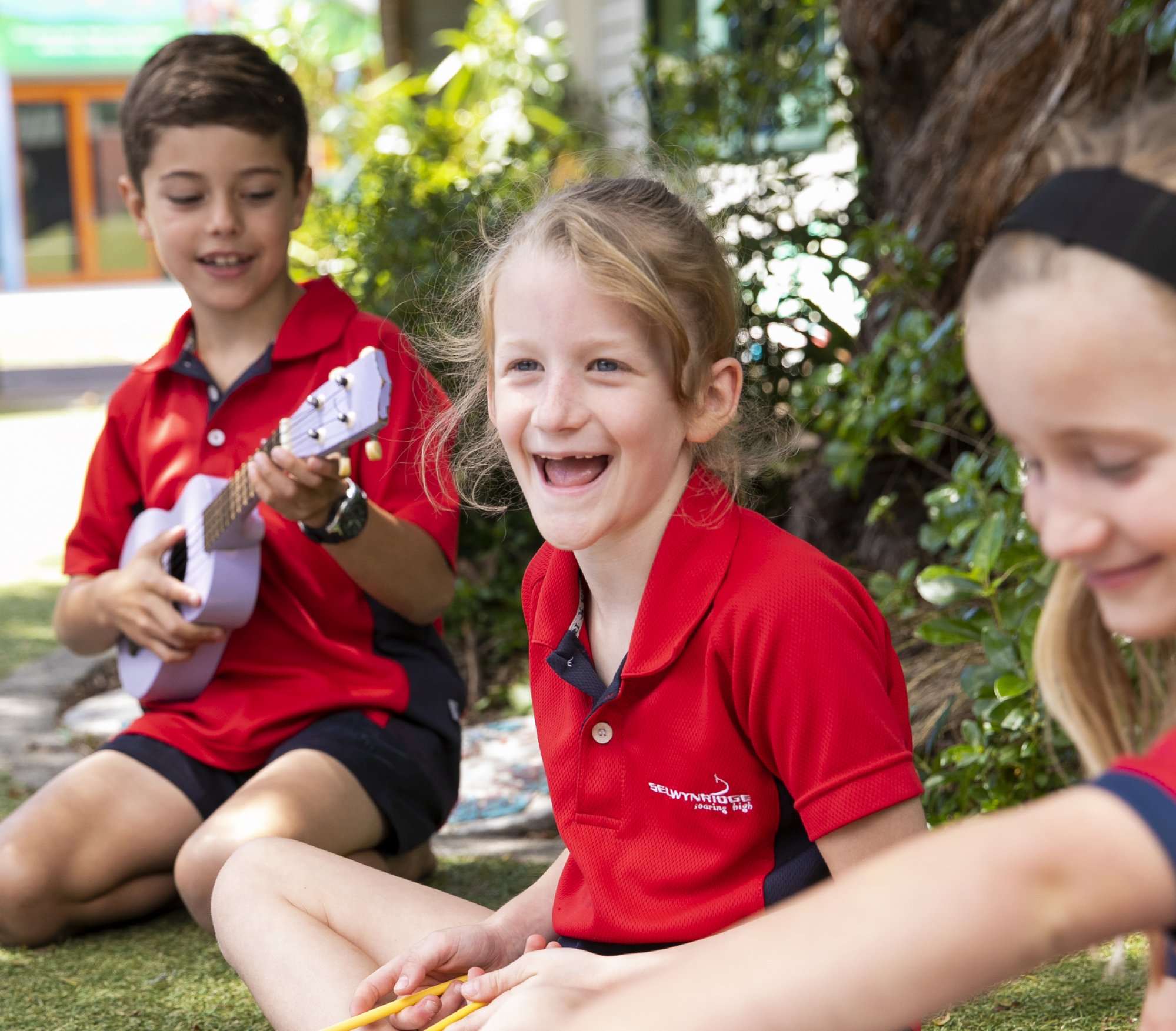Learning @ Selwyn Ridge Primary
Key competencies are the capabilities people have, and need to develop, to live and learn today and in the future. The 5 key competencies at the centre of the New Zealand Curriculum are the foundation of our school vision to grow Heart, Mind and Toolbox. They guide our mission to ensure all our kids on the ridge can soar high now and in the future.
Learning at SRP is designed to develop these competencies through a wide range of local curriculum experiences.
Growing Mind, Heart and Toolbox
Our Curriculum
We aim to create powerful learning through the use of a conceptual curriculum and meaningful learning contexts, and to create a positive and challenging learning environment with excellence in core curriculum areas of literacy and mathematics. The Selwyn Ridge Curriculum is infused with the principles, values and beliefs of the New Zealand Curriculum. As a learning community, we promote a values and vision-based approach. Decisions about learning are based on rich concepts and enable students to make connections and see real purposes for their learning.
Another of the key principles of teaching and learning at Selwyn Ridge is personalising learning for our students. With our school vision firmly in the centre, we aim to consider readiness, interest and learning styles of our students when planning what we teach, how we teach and how we assess.
At Selwyn Ridge, we celebrate learning and achievement. We are committed to providing an ethical learning community that promotes a safe place for all to thrive, where heart matters and we recognise the importance of an holistic approach to learning.

Principles that underpin our curriculum:
Constructivism is a philosophy of learning founded on the premise that, by reflecting on our experiences, we construct our own understanding of the world we live in. Each of us generates our own “rules” and “mental models,” which we use to make sense of our experiences. Learning, therefore, is simply the process of adjusting our mental models to accommodate new experiences.
There are several guiding principles of constructivism:
Learning is a search for meaning. Therefore, learning must start with the issues around which students are actively trying to construct meaning.
Meaning requires understanding wholes as well as parts. Parts must be understood in the context of wholes. Therefore, the learning process focuses on primary concepts, not isolated facts.
In order to teach well, we must understand the mental models that students use to perceive the world and the assumptions they make to support those models.
The purpose of learning is for an individual to construct his or her own meaning, not just memorize the “right” answers and regurgitate someone else’s meaning. Since education is inherently interdisciplinary, the only valuable way to measure learning is to make the assessment part of the learning process, ensuring it provides students with information on the quality of their learning.
How Constructivism Impacts Learning

Curriculum
Constructivism promotes building curricula customised to the students’ needs and prior knowledge. Also, it emphasises hands-on problem solving.
Instruction
Under the theory of constructivism, educators focus on making connections between facts and fostering new understanding in students. Teachers tailor their teaching strategies to student responses and encourage students to analyse, interpret, and predict information. Teachers also rely heavily on open-ended questions and promote extensive dialogue among students.
Assessment
Constructivism promotes assessment that is part of the learning process so that students play a larger role in judging their own progress.




 Total:
Total: